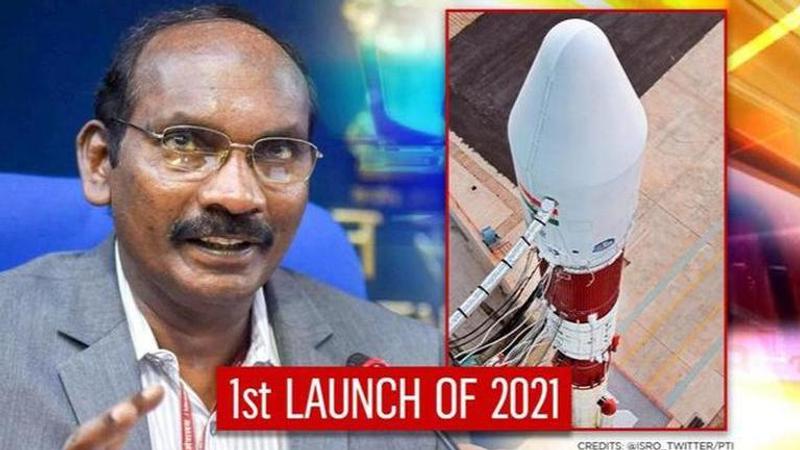Published 10:11 IST, February 28th 2021
ISRO successfully launches PSLV-C51; Brazil's Amazonia-1 satellite injected into orbit
ISRO is all set to launch Amazonia-1 along with 18 other co-passenger satellites today at 10: 24 am from Satish Dhawan Space Centre in Sriharikota in AP.

Update: The PSLV-C51 has taken off successfully and the Amazonia satellite has been injected into orbit
The Indian Space Research Organisation (ISRO) is all set to launch the Brazilian satellite Amazonia-1 from the Satish Dhawan Space Centre in Sriharikota in Andhra Pradesh on Sunday at around 10:24 am. Along with Amazonia-1, 18 other co-passenger satellites will also be onboard the Polar Satellite Launch Vehicle (PSLV-C51). The countdown for the launch had begun on Saturday. It is important to note here that this will be ISRO's first mission of the year 2021.
Where to watch the launch of Amazonia-1
According to ISRO, people can watch the live launch of India's PSLV-C51 carrying Amazonia-1 and 18 Co-passenger satellites on the space organisation's official YouTube channel. The live streaming of the launch will begin at 9:50 am and will continue until the launch is successfully completed.
First dedicated commercial mission of NSIL
According to PTI, Prime Minister Narendra Modi's engraved picture on a co-passenger satellite and sending Bhagavad Gita on-board in electronic format are some of the notable aspects of the launch. "PSLV-C51/Amazonia-1 is the first dedicated commercial mission of NewSpace India Limited (NSIL)," ISRO's commercial arm, the statement said. NSIL is undertaking this mission under a commercial arrangement with Seattle, US-based satellite rideshare and mission management provider, Spaceflight Inc.
Amazonia-1 is the optical earth observation satellite of Brazil's National Institute for Space Research (INPE). "This satellite would further strengthen the existing structure by providing remote sensing data to users for monitoring deforestation in the Amazon region and analysis of diversified agriculture across the Brazilian territory", the statement said.
The 18 co-passenger satellites include four from the Indian National Space Promotion and Authorisation Centre (three UNITYsats from a consortium of three Indian academic institutes and one Satish Dhawan Sat from Space Kidz India) and 14 from NSIL.
ISRO lining up launch of India's geo imaging satellite
Meanwhile, ISRO is lining up the launch of its geo imaging satellite GISAT-1 close on the heels of the February 28 PSLV- C51 mission. The launch of GISAT-1 onboard GSLV-F10 rocket was originally planned for March 5 last year but was postponed a day before the blast-off due to technical reasons.
Secretary in the Department of Space and ISRO Chairman K Sivan told PTI that the technical issues have been resolved and the delay in the launch was due to COVID-19-induced lockdown which affected normal work.
Sources in the Bengaluru-headquartered space agency said ISRO is now looking at the March-end-early-April timeframe for the mission from Sriharikota spaceport, about 100 km from Chennai. According to ISRO, GISAT-1 will facilitate near real-time observation of the Indian sub-continent, under cloud-free condition, at frequent intervals.
Geosynchronous Satellite Launch Vehicle (GSLV-F10) will launch GISAT-1 from the Second Launch Pad of Satish Dhawan Space Centre (SDSC) SHAR, Sriharikota. Weighing about 2268kg, GISAT-1 is the first state-of-the-art agile earth observation satellite that will be placed in a Geosynchronous Transfer Orbit by GSLV-F10, according to ISRO officials.
"Subsequently, the satellite will reach the final geostationary orbit using its onboard propulsion system", ISRO had said a few days before the planned launch in March last year.
Updated 10:49 IST, February 28th 2021



